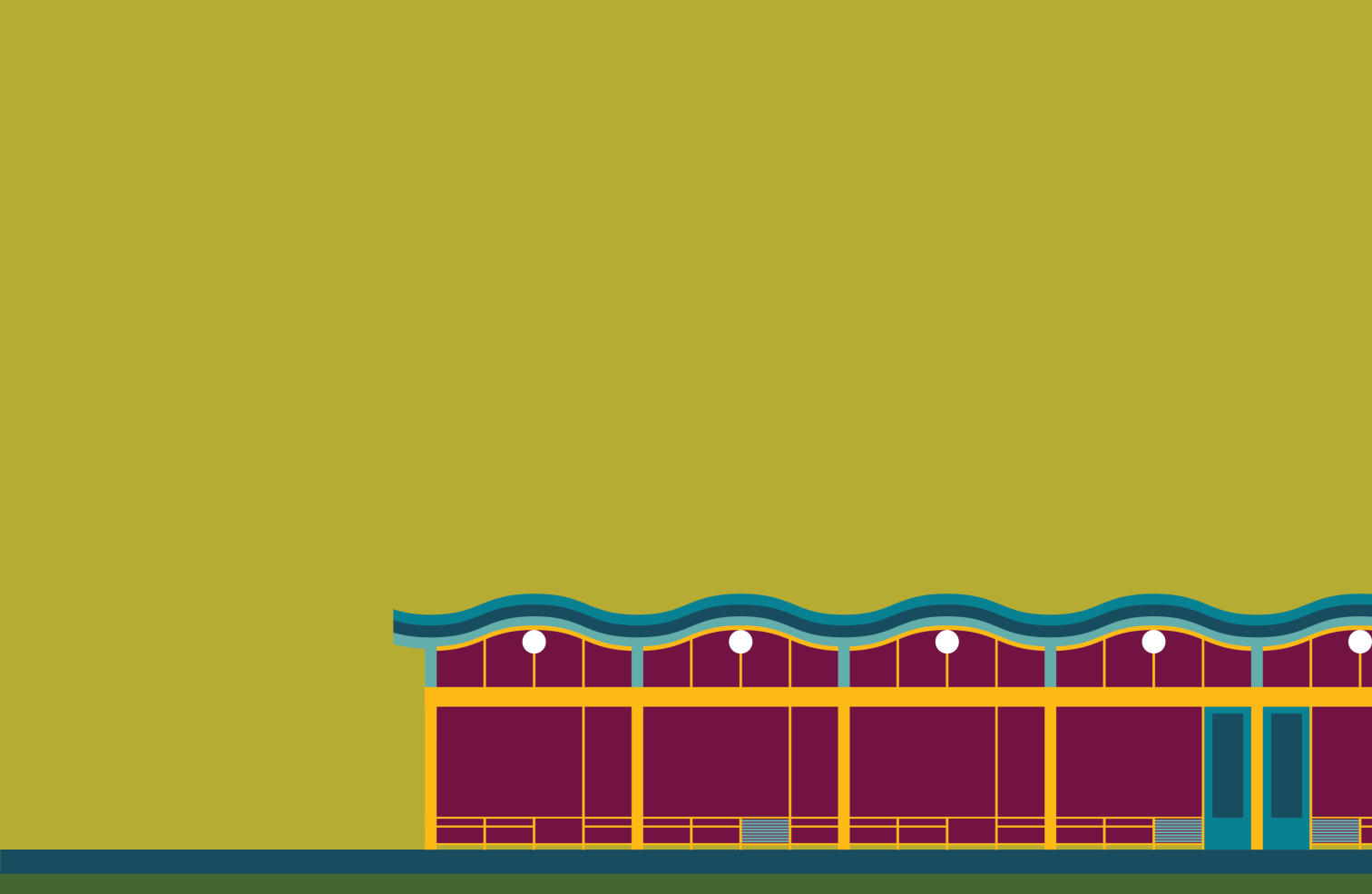Building with beauty in the modern age
September 10, 2025
By Brent Bellamy, Associate + Creative Director
Originally published in the Winnipeg Free Press
Last week, U.S. President Donald Trump quietly signed an executive order to make architecture beautiful again.
The president does a lot of things that make headlines, so it’s understandable that this one flew under the radar. The directive mandates that all federal public buildings in the United States be constructed in a style that “uplifts and beautifies public spaces, fosters civic pride, and inspires the citizenry.” The bill strongly infers that to achieve this, classical architecture, specifically Greek and Roman, serve as the preferred architectural style.
The president’s actions demonstrate that architecture is about more than keeping the winter out and the rain off our heads. The buildings we build and the cities they create have the ability to tell a story, and to connect to us on an emotional level. When architecture transcends the pragmatic through beauty and meaning it becomes the most visible and accessible discipline of art.

Most architects probably agree with the president’s desire to prioritize beauty in design, but they would likely reject the idea that replicating 2,000-year-old Greek temples is the only way to create beautiful buildings. As Canadians, we don’t need to worry about the American president’s opinion on architecture any more than his thoughts on extra-long neckties, but we can learn from the underlying sentiment of his order. Attraction to historic-looking buildings is not a Trump eccentricity, it represents a pervasive social leaning and exposes a public disconnect with the art of modern architecture.
We can see an example of this in our own city. When Bank of Montreal moved out of its Greek temple at Portage and Main, there was universal concern over the future of the building and relief when the Manitoba Métis Federation announced they would lovingly preserve it. On the opposite corner, after Scotiabank left its modern, angled glass building at 200 Portage Ave., construction began on a completely new exterior skin, yet there was no collective resistance, and it was met only with enthusiasm for change.
This difference between how we react to historic and modern architecture can impact how we feel about our cities and neighbourhoods, sometimes fuelling public resistance to change and growth.
The solution, however, is not to create buildings that are a parody of the past. Nobody would believe that all sculpture should look like Michelangelo’s David, or all paintings like Monet’s Water Lilies, and architecture should be no different. The artistic power of architecture is to embody its moment in time, and be a physical representation of the beliefs, priorities, and values of its community.
To bridge the public disconnect with modern buildings, it’s important to investigate and understand what attracts people to traditional styles and incorporate those principles into modern solutions.
Public connection to traditional styles of architecture isn’t necessarily about age. When it received heritage designation in 1980, the Bank of Montreal was only 20 years older than 200 Portage is today.
The older bank building, however, is sculpted from materials that convey an image of solidity and permanence — or more specifically a feeling of existing through time — past, present, and future. This temporal connection creates a sense of place, and makes the building feel as though it has always been there and always will be, tapping into our natural desire for stability and consistency.
When light and shadow dances across the deep and articulated facades of historic buildings it reinforces the feeling of visual weight and permanence. Materials are honest, creating a sense of authenticity — brick is brick, stone is stone. Sculpture and detailing across historic façades, creates a human scale and texture that we can connect to on a more personal level.
Historic buildings often have an artistry and craftsmanship that allows us to see the human hand in its construction. We intuitively feel a connection to the people who built it. Their story is part of the building’s story.
Historic buildings often have many of these qualities that work together to create a sense of beauty that we connect with. More than just a like or dislike of an esthetic, beauty comes from how we are made to feel. Many modern buildings can feel machine-built, with scaleless panes of glass laid in regular grids, flat facades, and materials that feel temporary, without the ability to age, patina, and comfortably grow into the site over time. Modern architecture often struggles with an ability to express a contemporary and progressive appearance, while also feeling contextual, and as though it has always been there.
When Modernist architecture became popular in the middle of the last century, there was a deliberate rejection of the past. The “form follows function” mantra meant that beauty, poetry, and craft were removed from the dialogue of architecture. Many Modernist buildings are beautiful, but the legacy of the movement’s principles in today’s development world is that we are almost embarrassed to defend the value of beauty against what are felt to be more pragmatic considerations.
Architecture should be forward-looking, but it should also harness the power of art and storytelling to heal the emotional disconnect that has formed between the public and modern design. By understanding and incorporating the design elements that attract people to traditional styles we can avoid historic pastiche and create authentic modern buildings that people fall in love with and want to protect and preserve in the future.
Trump loves to use the word “beautiful.” If we want to build great buildings and great cities that inspire us and uplift our spirit, we can learn from him and unapologetically reclaim the value of beauty in modern architecture and city-building.


